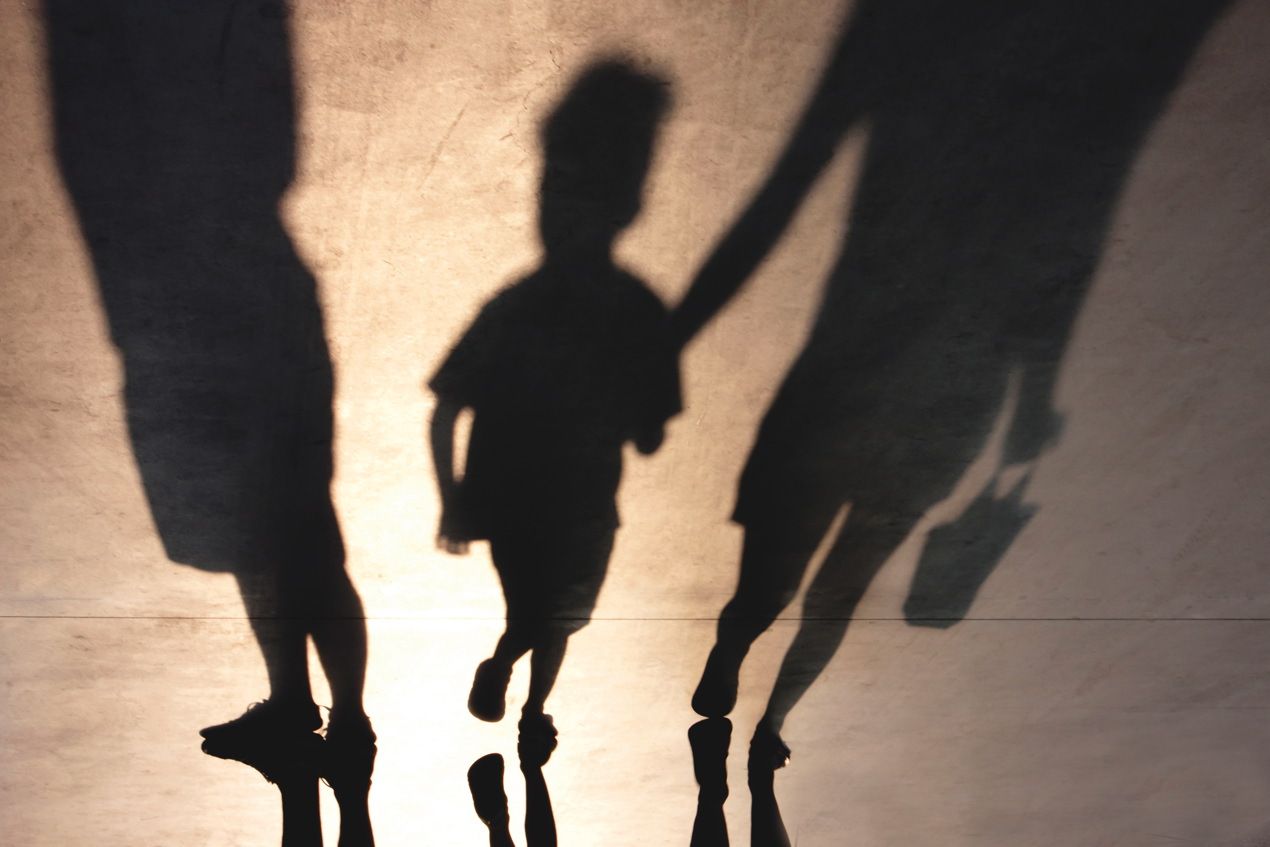Secret social worker: care
Lila Halliday asks if care is always the better option
We remove children to keep them safe, to care for them. But do we fully consider the impact of the care system? Removing a child is a traumatic experience for everyone, not least the child. We put them in strange homes, with strange people and sometimes we give them confusing messages about why that has happened and what it means for their future.
The public opinion on children in care, generally speaking, is perverse. Children in care are often treated as though they are bad, unloveable and unable to contribute to society. How twisted is that? Children are in care because they weren’t safe with their parents – it’s that simple. How, as a society, have we collectively shifted the blame onto them?
We who work within the system try to do our best. The social workers I work with have genuine love for the children on their caseloads but we are the system and we are jaded by it. We’re so used to having to move kids about, change their schools and change the arrangements for them seeing their family and their friends that the impact of all of that becomes a little lost on us.
When you talk to care-experienced young adults and hear how the system affected them it’s truly humbling. When you hear that a child has been moved from the really dirty house they lived in all their short lives to an uncomfortably clean one, where they were confused and distressed by the fact their socks weren’t hard any more and the feel of their clean teeth, you can’t help but wonder if we are shoe-horning them into a system that they are ill prepared for and isn’t right for them.
There’s an element of social engineering to it all that sits uncomfortably. We project our view of the perfect middle-class home onto the children we work with. We send out a referral for a placement and get some options back. One might be a foster carer who lives in a lovely farmhouse, with a pony and some chickens, and we think that’s idyllic. Who wouldn’t want to live there? The child we’re removing doesn’t, that’s who. Why on earth would a child from a city want to live in the middle of nowhere? Or we send them to a spotless new build in suburbia and there are rules and different routines and manners that are alien to them. How awful must it be to wake up in a stranger’s house and have to walk down the stairs, on your first morning there, and present yourself in the light of day to a new family?
And what if you don’t get to go to a family? What if you’re sent to a children’s home with five other children who you would have never met in your life otherwise, being cared for by people working a shift? Try as they might, children’s homes can never replicate a family and therefore can never be what the vast majority of children need.
Can any care setting give a child what they need? Do we write on referrals: “This child needs love?” Of course there are many carers who love the children they look after but we really don’t say that word enough when it comes to looked-after children. They need, like every other child, to be loved.

Leave a reply
Your email address will not be published.